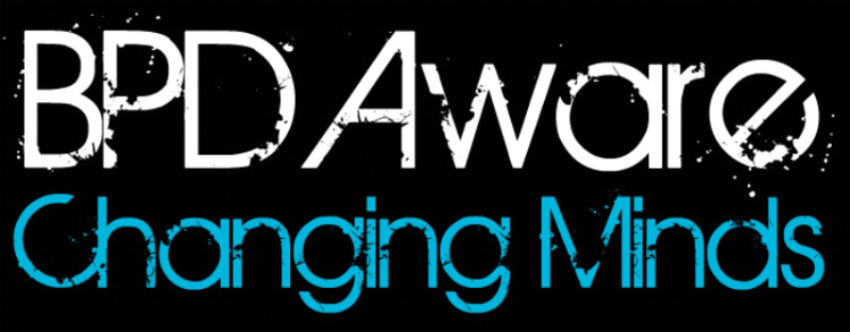To strip BPD down to the diagnostic criteria for the disorder makes for a good introduction to what the illness involves and how it manifests itself. However, it is only a beginning to understanding what it feels like to suffer from BPD. Each person’s experience of BPD is different, so bear this in mind when thinking of how the diagnostic criteria could present themselves in a person with the disorder.
The DSM-IV Criteria are thus:
A pervasive pattern of instability of interpersonal relationships, self-image, and affects, and marked impulsivity beginning by early adulthood and present in a variety of contexts, as indicated by five (or more) of the following:
1. Frantic efforts to avoid real or imagined abandonment.
2. A pattern of unstable and intense interpersonal relationships characterized by alternating between extremes of idealization and devaluation.
3. Identity disturbance: markedly and persistently unstable self-image or sense of self.
4. Impulsivity in at least two areas that are potentially self-damaging (e.g., spending, sex, substance abuse, reckless driving, binge eating).
5. Recurrent suicidal behaviour, gestures, or threats, or self-mutilating behaviour
6. Affective instability due to a marked reactivity of mood (e.g., intense episodic dysphoria, irritability, or anxiety usually lasting a few hours and only rarely more than a few days).
7. Chronic feelings of emptiness
8. Inappropriate, intense anger or difficulty controlling anger (e.g., frequent displays of temper, constant anger, recurrent physical fights)
9. Transient, stress-related paranoid ideation or severe dissociative symptoms
As you can see, self-harm could be only 1 of 9 indicators that a person has BPD, and even if it is present, it should not be seen as the sole problem that the person with BPD has. In fact, self-injury is a response to a problem, so even if a person with the disorder learns to manage their moods so as not to self-harm, they will still fit the diagnosis for BPD. It is important to bear this in mind as the suffering for those with the disorder goes deeper than just the physical outlet of their pain that the bystander can see and affects deeper things like how they view themselves and their interpersonal relationships.
